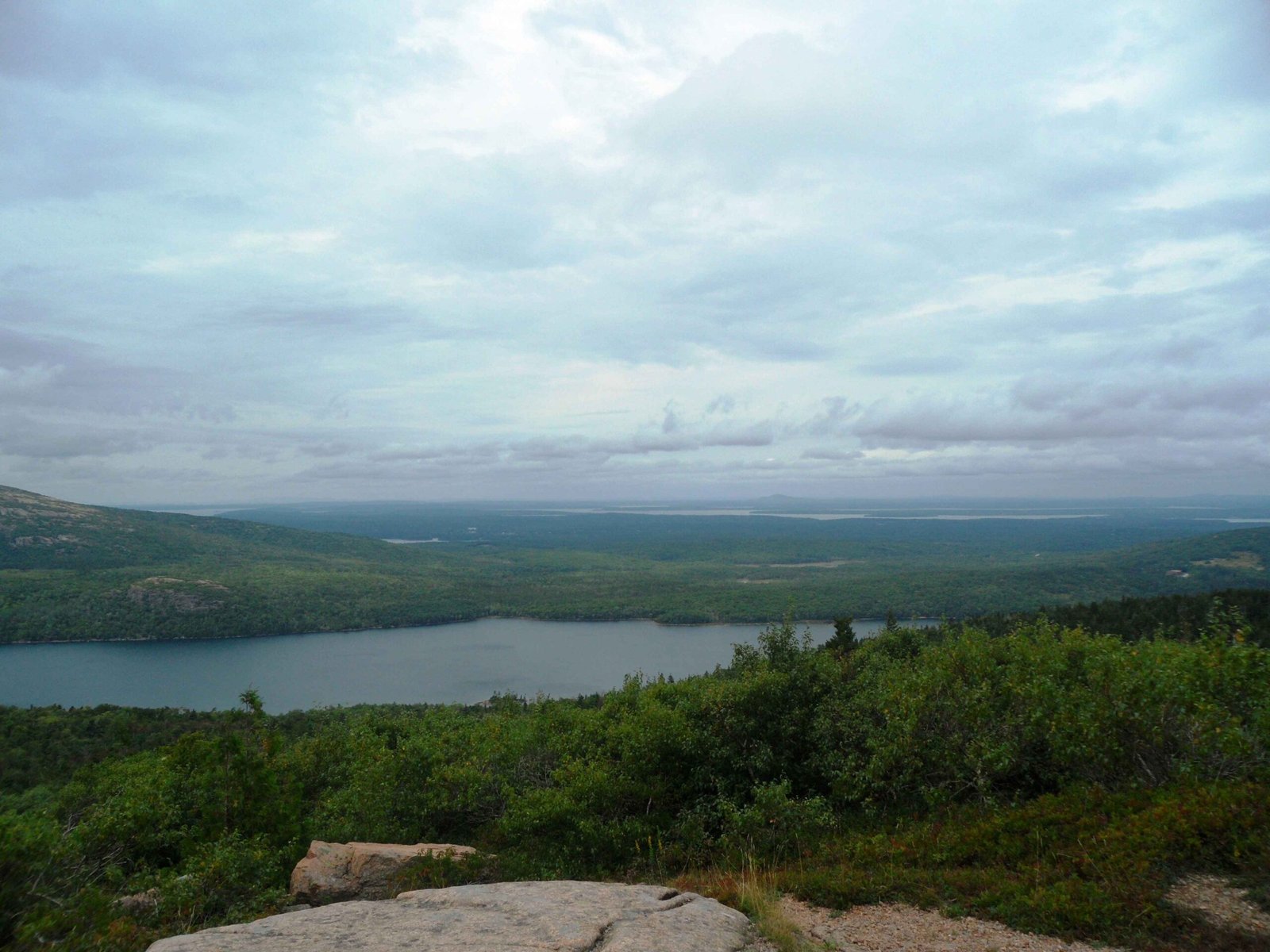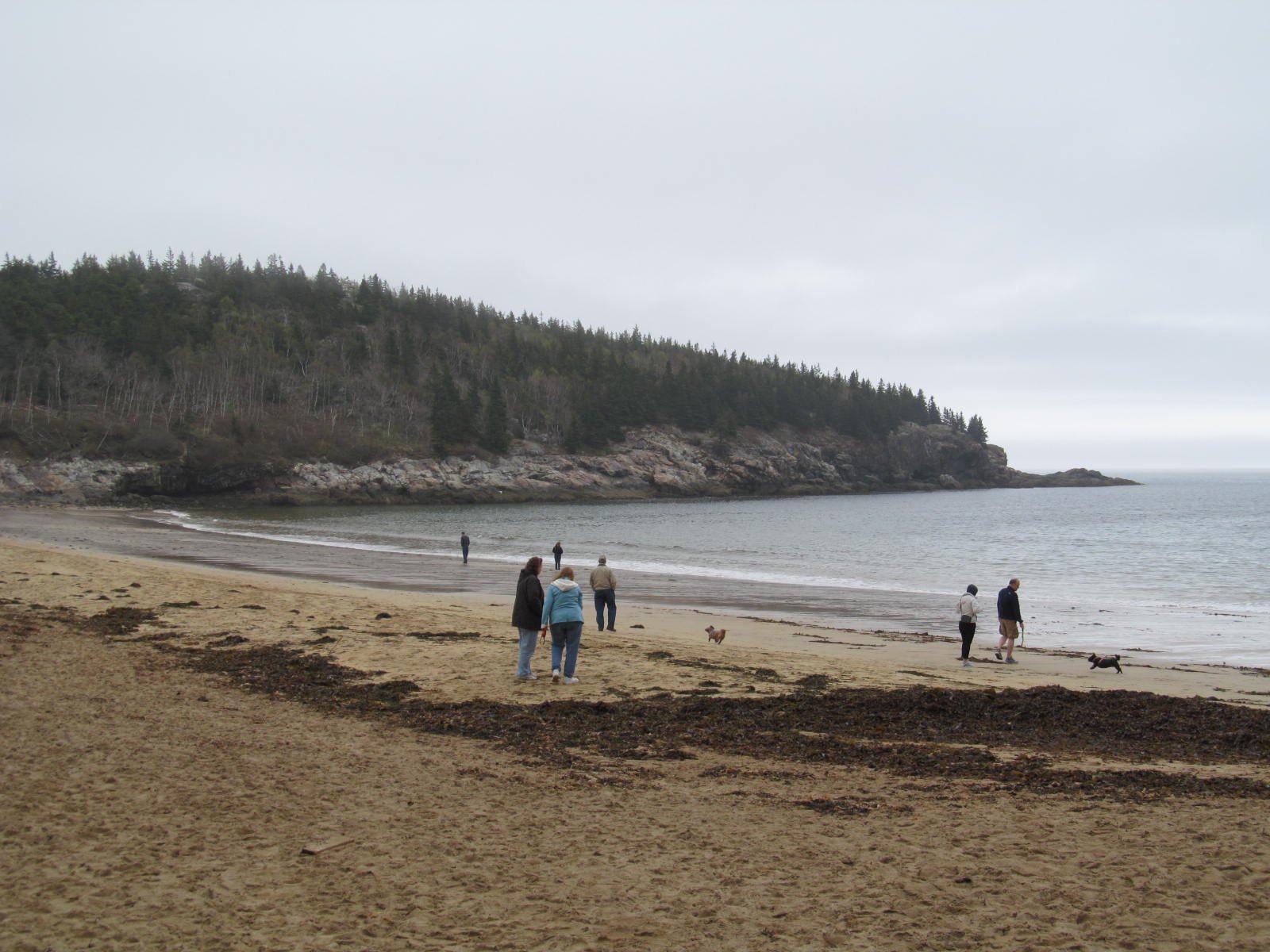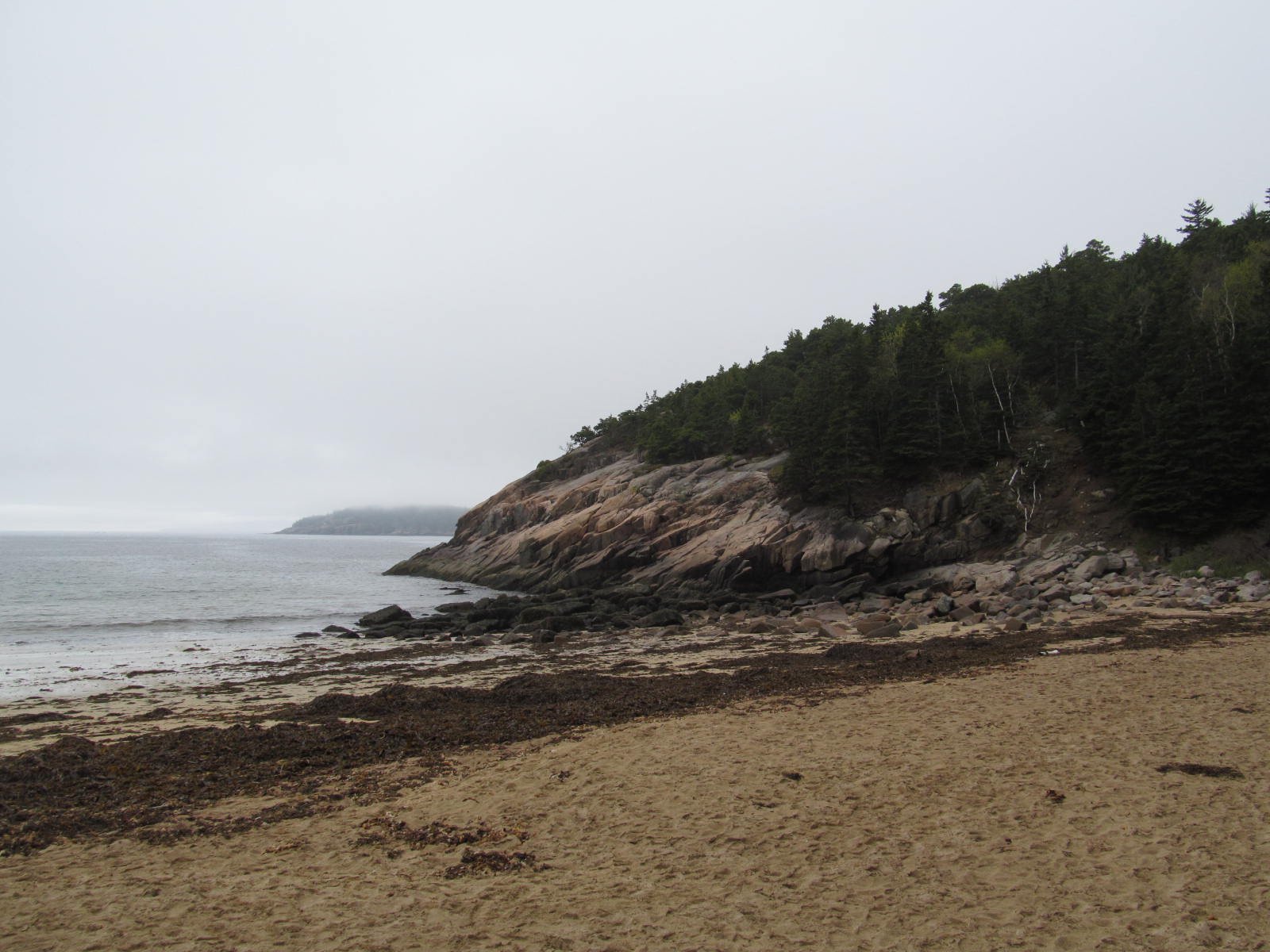Acadia National Park’s land bridge is a fascinating geological feature that connects Mount Desert Island to the mainland. This natural formation, shaped by millions of years of geological processes, offers visitors a unique opportunity to explore the park’s diverse ecosystems and stunning landscapes. The land bridge serves as a crucial ecological corridor for wildlife and provides access to some of the park’s most popular attractions.
What is the Geological History of Acadia National Park’s Land Bridge?

The formation of Acadia National Park’s land bridge is deeply intertwined with the park’s overall geological history, spanning hundreds of millions of years. Here’s a timeline of key events that contributed to its creation:
- Over 500 million years ago:
- Formation of the Ellsworth Schist, the oldest rocks on Mount Desert Island
- Deposition of mud, sand, and volcanic ash in an early ocean
-
Metamorphosis of sediments into contorted, thin bands of quartz, feldspar, and chlorite
-
Approximately 450 million years ago:
- Collision of Avalonia micro-terrane with North America
- Creation of the Bar Harbor Formation through sand and silt accumulation
-
Deposition of volcanic ash and material
-
Around 420 million years ago:
- Formation of Mount Desert Island granites, including Cadillac Mountain Granite
- Magma intrusion causing stress and fracturing in overlying bedrock
-
Injection of diabase dikes into granites and surrounding rocks
-
Last two to three million years:
- Pleistocene glaciations covering the region with successive ice sheets
- Carving of U-shaped valleys and creation of glacial striations
-
Deposition of glacial erratics
-
End of the Pleistocene:
- Melting of glaciers and rise in sea levels
- Inundation of valleys and creation of coastal features
- Crustal rebound and retreat of sea levels to current position
The land bridge itself is a result of these geological processes, particularly the glacial activity and subsequent sea-level changes. As the glaciers retreated, they left behind a connection between Mount Desert Island and the mainland, forming what we now know as the Acadia National Park land bridge.
How Does the Land Bridge Contribute to Acadia’s Ecosystem?

The Acadia National Park land bridge plays a crucial role in the park’s ecosystem by:
- Serving as a wildlife corridor
- Connecting diverse habitats
- Facilitating species migration
- Supporting unique plant communities
This natural formation allows for the movement of various animal species between the island and the mainland, promoting genetic diversity and maintaining healthy populations. The land bridge supports a range of habitats, from coastal areas to forested regions, creating a mosaic of ecosystems that contribute to the park’s overall biodiversity.
What Are the Best Ways to Explore the Land Bridge?
Visitors to Acadia National Park can explore the land bridge through various means:
- Hiking Trails:
- Several trails offer scenic views of the land bridge
-
Popular routes include the Ocean Path and Great Head Trail
-
Scenic Drives:
- Park Loop Road provides excellent vantage points
-
Stop at overlooks for panoramic views of the land bridge and surrounding areas
-
Guided Tours:
- Park rangers offer educational tours highlighting the geological significance
-
Local tour operators provide boat tours for a unique perspective from the water
-
Bicycling:
- Carriage roads near the land bridge offer cycling opportunities
- Rent bikes at nearby facilities or bring your own
What Wildlife Can Be Observed Around the Land Bridge?
The land bridge and its surrounding areas are home to a diverse array of wildlife:
| Species Type | Examples |
|---|---|
| Mammals | White-tailed deer, red foxes, beavers |
| Birds | Peregrine falcons, bald eagles, various seabirds |
| Marine Life | Harbor seals, porpoises (visible from shore) |
| Reptiles and Amphibians | Garter snakes, green frogs, salamanders |
Visitors are encouraged to bring binoculars and observe wildlife from a safe distance to minimize disturbance to natural habitats.
How Has Climate Change Affected the Land Bridge?
Climate change poses several challenges to the Acadia National Park land bridge:
- Sea Level Rise:
- Potential erosion of the land bridge
-
Alteration of coastal habitats
-
Increased Storm Intensity:
- Greater risk of damage to the land bridge structure
-
Potential changes in sediment distribution
-
Temperature Changes:
- Shifts in plant and animal species distribution
-
Alterations to local ecosystems
-
Precipitation Patterns:
- Changes in water availability and runoff
- Potential impacts on vegetation and wildlife
The National Park Service is actively monitoring these changes and implementing conservation strategies to protect the land bridge and its surrounding ecosystems.
What Conservation Efforts Are in Place to Protect the Land Bridge?
Acadia National Park has implemented several conservation measures to protect the land bridge:
- Erosion Control:
- Installation of natural barriers to reduce coastal erosion
-
Planting of native vegetation to stabilize soil
-
Habitat Restoration:
- Removal of invasive species
-
Reintroduction of native plants
-
Visitor Management:
- Designated trails and viewing areas to minimize impact
-
Educational programs to promote responsible visitation
-
Scientific Research:
- Ongoing studies to monitor geological changes
-
Collaboration with universities for long-term ecological research
-
Climate Change Adaptation:
- Development of strategies to address rising sea levels
- Implementation of resilience measures for vulnerable areas
These efforts aim to preserve the land bridge for future generations while allowing visitors to experience its natural beauty and ecological significance.
How Can Visitors Help Preserve the Land Bridge?
Visitors to Acadia National Park can contribute to the preservation of the land bridge by:
- Staying on designated trails
- Properly disposing of waste
- Avoiding disturbance of wildlife and plant life
- Participating in volunteer programs
- Supporting park conservation initiatives through donations
By following park guidelines and practicing responsible tourism, visitors can help ensure the long-term protection of this unique geological feature.
The Acadia National Park land bridge stands as a testament to the region’s rich geological history and serves as a vital component of the park’s ecosystem. As visitors explore this natural wonder, they gain a deeper appreciation for the complex processes that have shaped the landscape over millions of years. Through continued conservation efforts and responsible visitation, the land bridge will remain a cherished part of Acadia’s natural heritage for generations to come.

